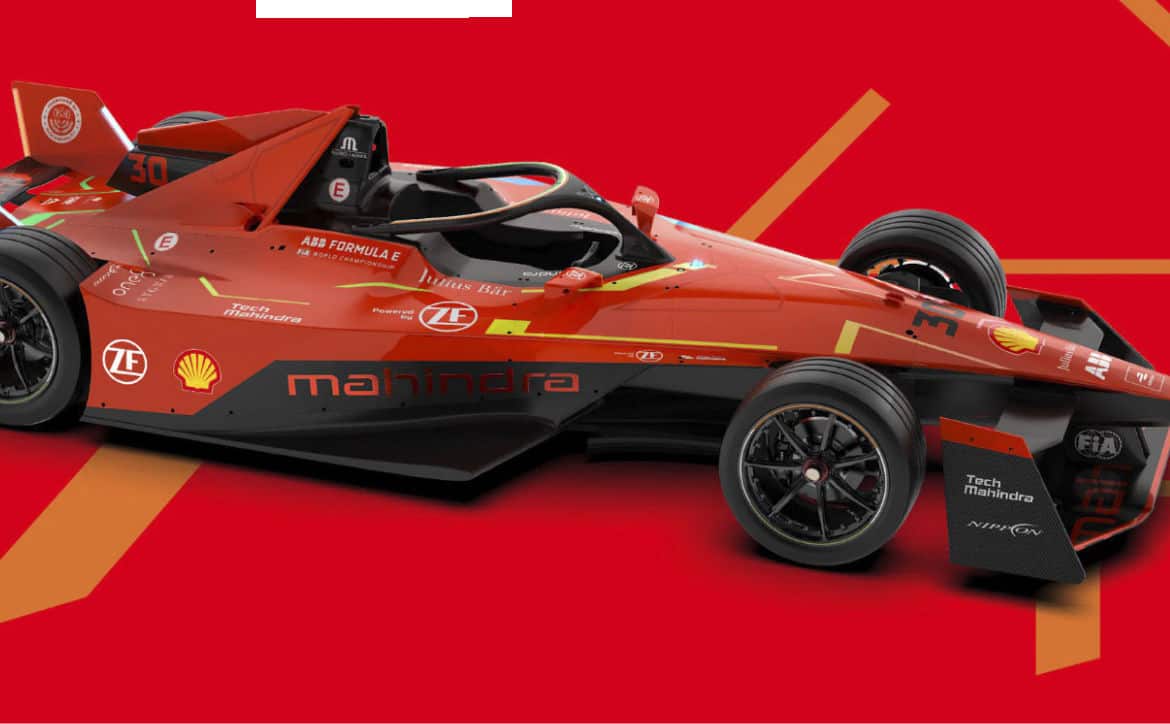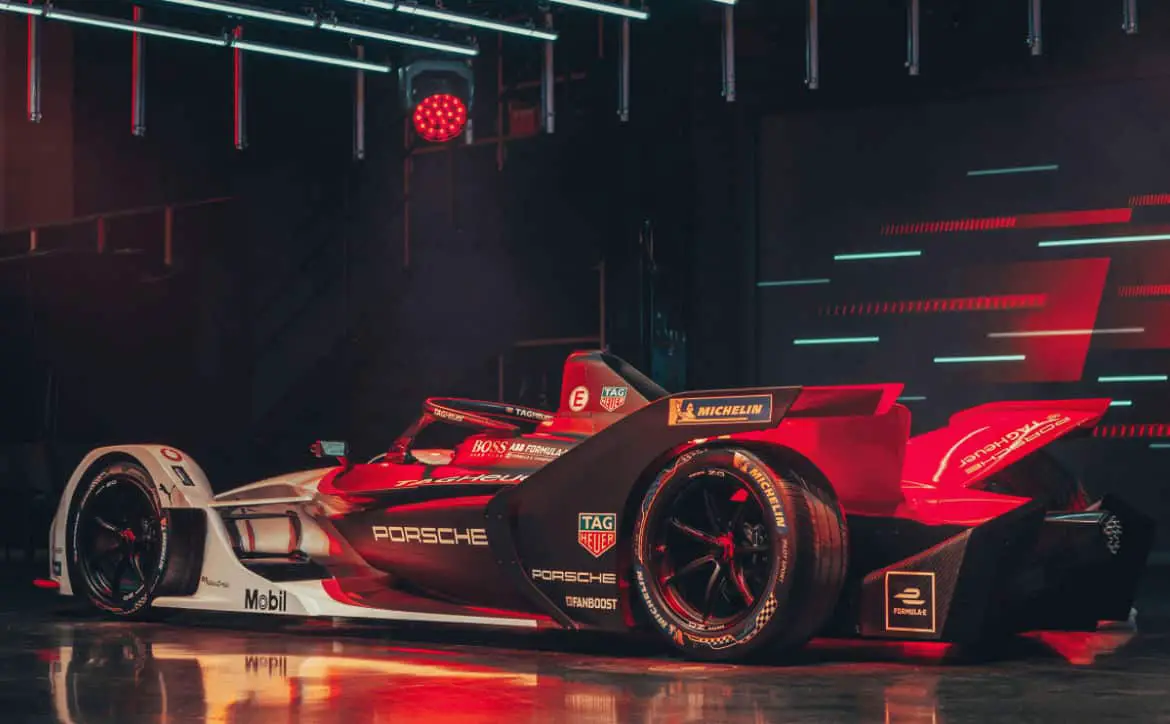The automotive world is full of new and exciting technologies. What many people may not realize is that a lot of these innovations come from racing. The tech that powers today’s racing cars will likely trickle down to family sedans in the future.
Rear-view mirrors, disc brakes, and push-button ignition systems all appeared in race cars before they made their way into consumer vehicles. While racing and everyday driving are vastly different, if a racing innovation makes things safer or more convenient, it’ll likely appear in a road car before long.
Here’s a look at five recent pieces of racing tech you could see in consumer cars in the future.
1. Gen 3 Formula E Cars
Formula E – the all-electric alternative to Formula One – aims to push electric vehicle (EV) technology to its limits. While its earliest cars weren’t very practical, the third generation features some impressive innovations.
Third-generation Formula E cars feature advanced regenerative braking, giving them the power necessary to finish a race without recharging. As much as 40% of the energy these vehicles use while racing comes from reclaimed power from their brakes. That’s almost double what the regenerative brakes in second-generation racers could provide.
Formula E batteries are another cutting-edge innovation. The cells in these batteries are smaller and lighter than what you’ll find in road EVs, but they deliver more power and charge faster. As technology improves and these systems become cheaper, they could make EVs more convenient than ever.
2. Autonomous Racing Cars
The race track has also become a testing ground for another recent automotive trend: autonomous driving. While driverless cars still face several challenges in consumer segments, their racing counterparts paint a promising picture of the future.
The Indy Autonomous Challenge sees teams of university students and researchers build and race entirely autonomous race cars. These cars feature an array of technologies, including three LiDAR sensors and six cameras, to help them race at upwards of 150 mph without crashing into each other. These self-driving systems are advanced enough even to correct a spin and avoid an accident.
Self-driving cars won’t be going that fast on city streets, but these extremes help researchers develop safer and more reliable driving technologies. If an algorithm can keep a car safe at 150 mph, it can perform even better at 35 mph.

3. New Race Trailers
Some racing innovations come from equipment other than the race cars themselves. Race trailers – which hold these vehicles while they’re not on the track – may not get all the glory, but they’re similarly impressive.
Many modern race trailers are climate controlled to keep anything inside at a comfortable temperature. This makes hot days at the track more comfortable for drivers, but it also protects the vehicles inside the trailer. Keeping these expensive, high-performance cars out of extreme heat or cold ensures they remain in top condition longer.
Reinforced back doors and floor hooks keep vehicles locked in place as these trailers move. These systems could spill over into the consumer car world to keep vehicle shipments secure between manufacturers and auto dealerships.
4. Novel Tires
Tires are an integral part of any road vehicle, especially for high-performance racing cars. Unsurprisingly, racing companies are always looking for ways to create better tires to keep drivers safe while maximizing car performance.
One of the biggest challenges in tire design is balancing grip with rolling resistance. Grip improves handling, but more traction usually means more rolling resistance, which reduces fuel economy. However, recent advances have created racing tires that meet both needs.
New tires place the rubber compounds with the most grip only in areas where it’s needed most, using lower-grip rubber for the rest. This multi-compound approach offers both low rolling resistance and high traction. Considering how 4-11% of fuel consumption comes from rolling resistance, these improvements could save future drivers a significant amount of money.
5. Connected Clothing
Another impressive racing innovation that comes from outside the car itself is connected clothing. Racers today wear smart shirts that collect data on important health signals like heart rates and muscle activation. While in racing this helps teams understand the pressures of G-forces on racers, it could help keep consumers safe in the future.
Connected clothing interfacing with new cars could let the vehicle know when drivers are tired. These vehicles could then alert drivers or use more autonomous features to keep them safe.
Drowsy driving causes 83,000 crashes annually, more than 800 of which turn fatal. Catching symptoms of tiredness before it leads to events like this could save lives. Given the enormous potential for safety improvements, this technology could come to consumer cars before long.
Racing Technology Shows Promise for All Cars
These innovations in race technology have potential far beyond the race track. As they become common in racing circles, they’ll start to spill over into the consumer segment. The same things that improve race car performance can make road vehicles safer, more efficient, and more convenient. These five innovations are far from the only racing technologies that could one day shape everyday travel, too. As technology advances and these innovations become more affordable, they’ll impact road traffic as much as they have raced. If you’re wondering about the future of transportation, look no further than innovations around the race track.
What do you think of these new technologies? Do you think we may see some of them in future consumer cars? Where do you think auto tech is heading? Is electricity the future? Or will we be on fossil fuels for the foreseeable future? Please share your thoughts on any of the social media pages listed below. You can also comment on our MeWe page by joining the MeWe social network.










